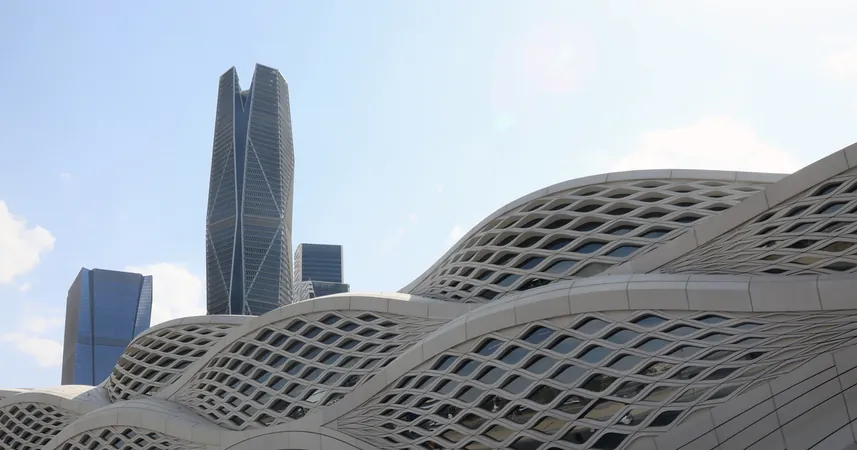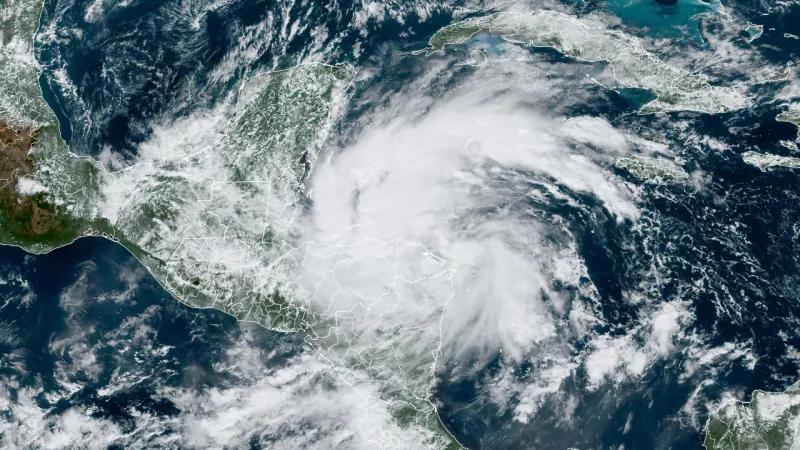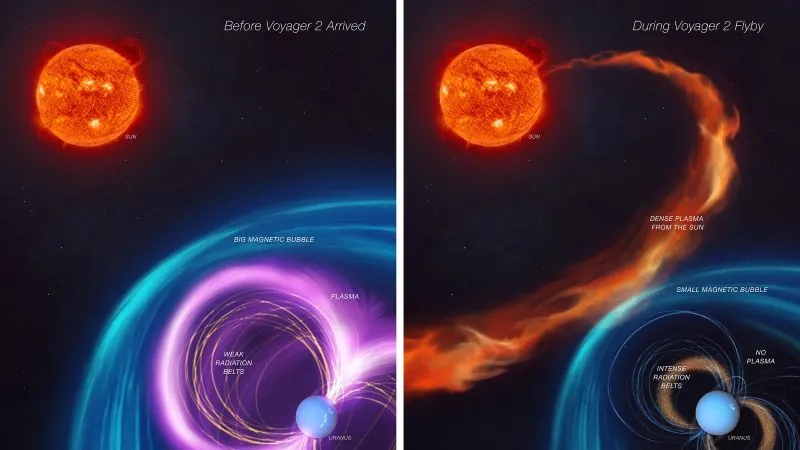
Exploring the New Investment Frontier: Hong Kong, Saudi Arabia, and the Expanding Economic Ties
2024-11-05
Author: Wei
A New Investment Frontier
A recent HSBC report titled "New Networks of Capital" sheds light on the growing financial connections between the Asia Pacific and Middle East regions, indicating their potential to fundamentally transform global capital flows. This analysis reveals a landscape rich with opportunities as international investors shift their focus toward this burgeoning investment corridor.
The report not only highlights significant market developments but also identifies three pivotal opportunities: improved intra-regional infrastructure that can unlock liquidity, enhanced access to cross-border capital to fuel corporate ambitions, and intensified support for clean energy initiatives amid the ongoing energy transition.
Asia and the Middle East: Powerhouses of Growth
Christina Ma, HSBC’s head of Global Banking for Asia Pacific, discussed with FinanceAsia how these two regions are rapidly emerging as focal points for global economic growth. "Asia Pacific, with its vast GDP and population, combined with the remarkable trajectory of the Middle East, positions both regions at the heart of global expansion," she noted.
HSBC’s long-standing presence—160 years in Asia and 130 years in the Middle East—affords it a unique vantage point to capitalize on these developments. With a projected global wealth increase of $24 trillion from 2022 to 2027, both regions are expected to outpace this growth, with Asia predicted at 8.2% and the Middle East at 7.4%.
Since surpassing the US in billionaire counts in 2017, Asia now boasts 1,000 billionaires, with wealth accumulation being particularly pronounced in cities like Mumbai, which recently eclipsed Beijing as Asia's wealth epicenter. This rapid wealth creation is not just anecdotal; it reflects a tangible shift, as both regions now account for 30% of the world’s financial assets, amassing an impressive $86.3 trillion.
The Investment Climate: A Cross-Border Bonanza
Ma emphasized that while capital movement between Asia and the Middle East is in its infancy, the robust trade links forecast a future rich in investment opportunities. This sentiment is echoed by Julian Wentzel, HSBC's Head of Global Banking for MENAT, who anticipates that investment will flow in tandem with these evolving trade relationships and the realignment of global supply chains.
In March 2023, Ma, a Goldman Sachs veteran with two decades of senior leadership expertise, likened the potential of cross-listings between the two regions to a catalytic force, promoting bilateral investments and breaking down regional barriers.
A notable milestone occurred in November 2023 when the first ETF from the Middle East, the CSOP Asset Management’s Saudi Arabia ETF, was listed on Hong Kong’s stock exchange—an indication of the expanding multinational investment avenues. The enthusiastic response from investors showcased promising prospects for future market growth.
Saudi Arabia's Vision 2030: A Game Changer
Central to Saudi Arabia's strategy is Vision 2030, a comprehensive framework aimed at economic diversification and inviting foreign investment. As the largest economy in the Gulf Cooperation Council (GCC), Saudi Arabia’s stock exchange, Tadawul, ranks among the top ten globally, underscoring its significance.
The recent approval by Saudi Arabia’s Capital Market Authority to trade ETFs tracking Hong Kong-listed companies marks a watershed moment in this growing investment nexus. The introduction of the Albilad CSOP MSCI Hong Kong China Equity ETF showcases the deepening of financial integration between the regions.
A Shift Towards Renewable Investments
The demand for sustainable investments is increasing, particularly in the fields of energy and renewables, with China’s growing engagement underscoring its strategic interests in Saudi Arabia’s energy transition. Collaborations in renewable energy projects are on the rise, emphasizing the crucial role of private investments in this corridor.
As Ma articulated, the shifting financial landscape reflects a broader realization among Asian investors of the potential inherent in diversifying their investment portfolios. With a subtle push towards decoupling from the dollar, the Hong Kong government has even launched the world’s first multi-currency digital bond—a sign of the region’s evolving financial options.
Looking Ahead: Positive Trends and Challenges
Despite geopolitical tensions and humanitarian challenges in the region, the movement toward increased economic connectivity shows promise. The continuous evolution of trade and investment pathways between Asia and the Middle East presents a wealth of opportunities for global investors.
In conclusion, as both regions promote collaboration and build better financial infrastructures, they are poised to create a favorable investment climate that complements and enhances existing global opportunities. As these dynamics unfold, investors should keep a keen eye on the expanding corridors of investment that signal a preferential shift in global economic landscapes.




 Brasil (PT)
Brasil (PT)
 Canada (EN)
Canada (EN)
 Chile (ES)
Chile (ES)
 España (ES)
España (ES)
 France (FR)
France (FR)
 Hong Kong (EN)
Hong Kong (EN)
 Italia (IT)
Italia (IT)
 日本 (JA)
日本 (JA)
 Magyarország (HU)
Magyarország (HU)
 Norge (NO)
Norge (NO)
 Polska (PL)
Polska (PL)
 Schweiz (DE)
Schweiz (DE)
 Singapore (EN)
Singapore (EN)
 Sverige (SV)
Sverige (SV)
 Suomi (FI)
Suomi (FI)
 Türkiye (TR)
Türkiye (TR)